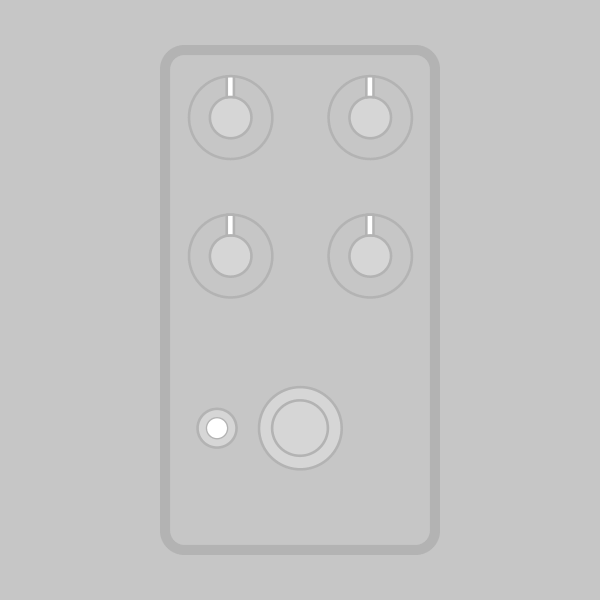
The L5 Preamp Clean Channel is an adaptation of the first channel of the Lab Series® L5 amplifier, originally released in 1976 and discontinued in 1981.
The Lab Series L5 amp was designed to compete with the Fender Twin Reverb, and the first channel was specifically designed to be Fender-inspired. The passive tone stack is lifted directly from Fender, though with values scaled to match the lower impedance.
Players often refer to this first channel of the amp as the clean channel, and we’ve adopted this terminology, but it’s more than capable of its own drive tones when cranked. We’ve included some optional modifications to extend the drive range and make it easier to get good overdriven tones, but it also responds really well to a boosted input signal, especially in conjunction with the built-in compressor to level out the dynamics at the tail end of the circuit.
Perhaps the most famous user of the L5’s clean channel was BB King. (Ty Tabor also used these amps on the first four Kings X albums, but only the drive channel, for which we have a different project.)
This project recreates the entire preamp signal path of the clean channel, including the OTA overdrive, compressor and master volume, and runs on the same +/-15V voltage as the original unit. The only change we’ve made is to convert the input stage from inverting to non-inverting. This reduces the noise, but the input impedance and frequency response are exactly the same as the original amp’s “Lo” input (the higher-gain mode designed for guitar).
The drive channel is available as a separate project, and like this one, it recreates the entire signal path of the second channel. The full L5 Preamp pedal is also available.